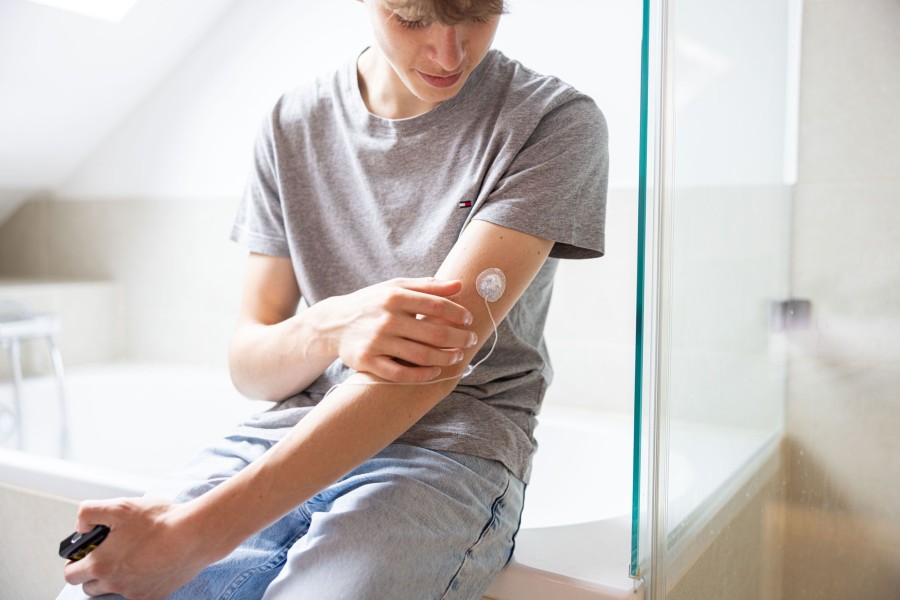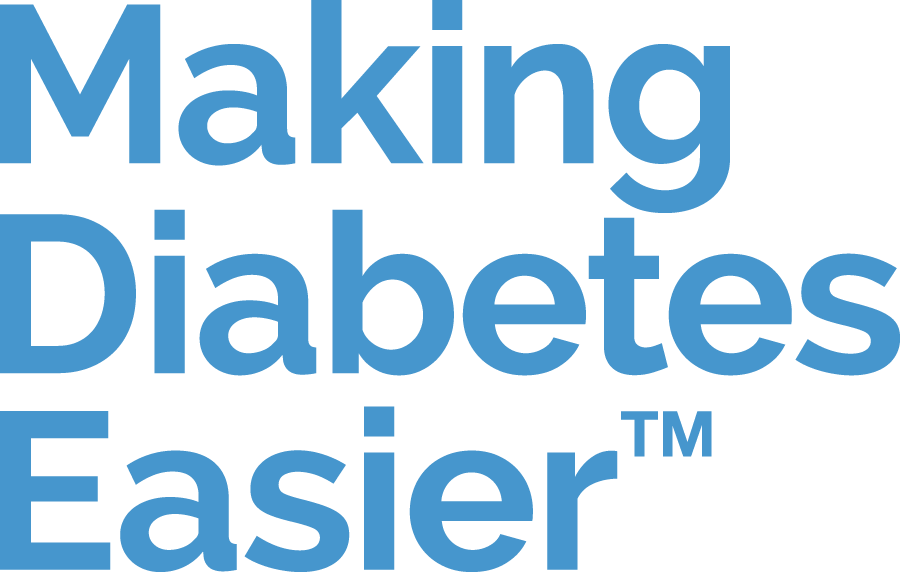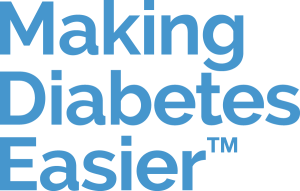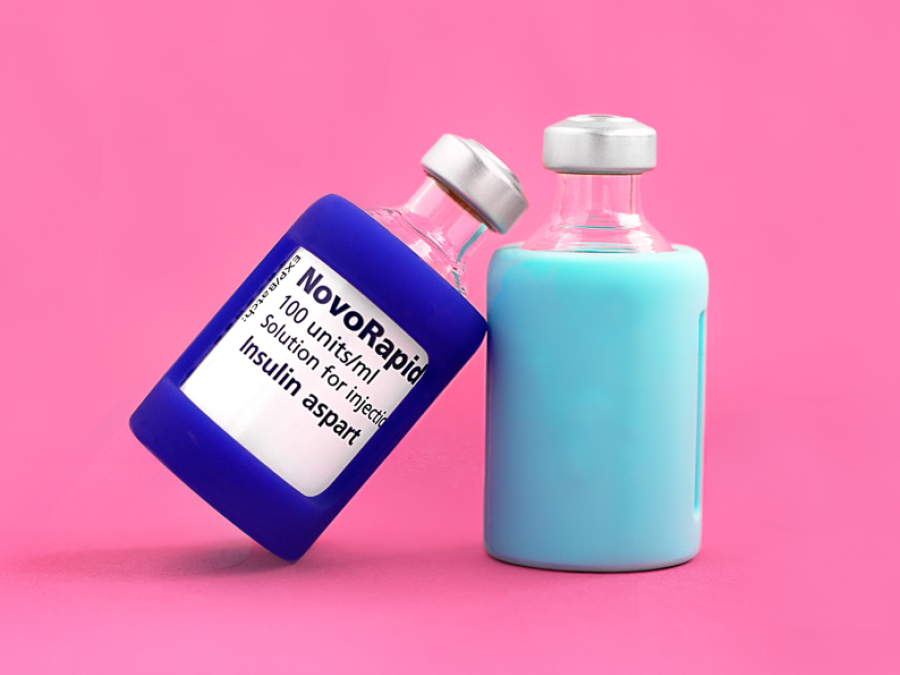Insulin pump sites: site locations for pump therapy

Insulin pump sites: site locations for pump therapy
If you have type 1 diabetes and use an insulin pump, you might want to know more about where you can wear and attach your insulin pump on your body.
This article looks at insulin pump sites, including recommended site locations for pump therapy, as well as sites to avoid and facts about rotating your infusion site.
What is insulin pump therapy?
Insulin pump therapy uses an insulin pump — a small electronic device to continuously release insulin into your body.
Pump therapy helps to keep your blood glucose levels within your target range — but they need to be attached to your body most of the time to work properly.
There are two main types of insulin pumps. Both are attached to your body using a cannula — a tiny tube that goes under your skin at an infusion site.
Tethered pumps
A tethered pump, or traditional pump, is a device that you wear, which is attached to your body using a thin, soft and flexible tube that connects to your cannula. The insulin then enters the body through the cannula (which is either a small metal needle or a soft Teflon catheter).
Tethered pumps tend to have an interface with all the controls and settings on them and can be carried on your belt, in a pocket, inside a bra, or in a body band under your clothes - wherever you find it most comfortable.
Patch pumps
A patch pump differs from a tethered pump in that there is no external visible tubing. The patch pump and tubing are all part of the same device, with the pump sitting directly over the top of the area where the insulin enters your body. Patch pumps work by using a remote, usually through a PDA or smartphone application.
Unlike tethered pumps, patch pumps are disposable and the whole pump needs to be changed instead of just the insulin cartridge.

Insulin pump sites on the body
Insulin pump sites on the body
There are a range of sites — known as insulin pump sites or pump infusion sites — that can be used to infuse insulin into your body.
The site you choose has to have a reasonable amount of fatty tissue under the skin to allow insertion of the pump’s infusion set. This is sometimes shown by pinching the skin and ensuring you can pinch at least 1 inch of flesh, called ‘pinch an inch’, to demonstrate a good position to use.
Sites that are commonly chosen and most recommended include the abdomen, the back of the arms, the outer thigh, upper buttocks, lower back, and flanks (just above the waistline on the sides of the body).
Recommended insulin pump sites
You will find over time and with experience that you learn which sites you prefer.
It has been said that for people just starting out with insulin pump therapy that the abdomen is a preferable site. This is because it is much easier to see and reach than other areas.
For people who find that they have issues with sets falling off or getting displaced, the upper buttocks may be better. This is because the skin moves less than other areas, generally sweats less, and underwear can be used to help hold the set in place.
Choosing infusion sites: areas to avoid
As your experience increases you may find that you have a clearer idea of where to place your infusion sites. If you have any concerns about your site placement then you should discuss them with your diabetes healthcare team.
Some general suggestions for areas to avoid include:
-
A two-inch area around continuous glucose sensors
-
Sites that have lipodystrophy or lipohypertrophy, where you can see skin changes such as swelling, lumps, soft spots, thickened or rubbery feeling skin or skin infections
-
Sites that have repeated muscle movements (e.g. arms in a tennis player)
-
A two-inch area around the belly button, skin folds or scars
-
Anywhere that you will have prolonged, restrictive pressure from sitting or lying
-
Bony areas with little fat such as lower arms and lower legs
If you are pregnant, or thinking about pregnancy, and use an insulin pump, you should get specific advice from your healthcare team about infusion areas.
Some general advice for insulin pump site selection in pregnancy includes:
-
Your site choices are similar to before pregnancy during your first trimester
-
As your pregnancy progresses, you may want to avoid choosing the abdomen as a site
-
In later pregnancy you may find that the flank is a more comfortable choice of site
-
The infusion cannula does not present any risk to the foetus, but you should not insert it where you cannot pinch the skin
Your healthcare team will be able to advise you further.
Rotating infusion sites
It is recommended that you change your cannula or pump patch and infusion site every two to three days. Taking an organised approach to your site changes, and keeping notes and reminders can help prevent site overuse.
One option when selecting a new site is to stay on the same side of the body and move the site a few inches each time until the area has been covered.
Site overuse may cause a common infusion site complication called lipohypertrophy (LH). This is a change in the fat-containing cells under the skin causing lumps, soft spots or thickening of the skin. This can cause difficulties with managing your diabetes, including erratic or unpredictable insulin absorption and impaired glucose management.
Insulin infusion can also give a higher risk of bacterial infection than insulin injections. With an insulin pump, the infusion set is in place for several days. The warm, humid atmosphere that forms underneath the adhesive tape of the set can prove to be an excellent environment for bacteria to grow. For this reason, it is recommended that a new site is disinfected before the placement of a new cannula and then ensuring your site stays clean during use.
When to change your infusion site
When you are first starting insulin pump therapy one thing that you may want to discuss with your healthcare team is when to change your pump site. It also depends on what type of pump you are using.
Some general guidelines for when to change your infusion site:
-
Change the site every 48-72 hours if possible
-
Change the site immediately if there are problems such as pain, blood, insulin leakage, the site is loose, or you have rising blood glucose or ketones
While life can be busy, there are a few tips that can make remembering to change the site a bit easier:
-
Set a site change reminder on the pump if you’re able to, or make a note or alarm on your personal calendar and phone.
-
Get into the habit of changing the infusion set at the same time of day every time if you can.
-
Try using a diabetes smartphone app with a site change alarm
The insulin pump site or infusion site is an important part of pump therapy for both tethered and patch pumps.
There are a number of simple tips that can help you decide where to locate a new site and when to change it. Your healthcare team will help you learn how to change your site and answer any questions you might have about pump therapy.
Discover more infusion sets
Sources
- Insulin pumps. Diabetes UK. Accessed May 2022. Available at: https://www.diabetes.org.uk/guide-to-diabetes/managing-your-diabetes/treating-your-diabetes/insulin-pumps
- Heinemann L, Krinelke L. Insulin infusion set: the Achilles heel of continuous subcutaneous insulin infusion. J Diabetes Sci Technol. 2012;6(4):954-964. doi:10.1177/193229681200600429
- Association of Diabetes Care and Education Specialists (ADCES). Insulin infusion sets site rotation tool kit. Accessed May 2022. Available from: https://www.diabeteseducator.org/docs/default-source/living-with-diabetes/tip-sheets/insulin-injections/siterotationtoolkit.pdf.
- Kesavadev, J. Insulin pump therapy in pregnancy. Diabetes in Pregnancy. 2016; 66(11 supp 1): S39-S44.
- Deeb, A., et al. Impact of Insulin Injection and Infusion Routines on Lipohypertrophy and Glycemic Control in Children and Adults with Diabetes. Diabetes Ther. 2019; 10: 259–267. doi: 10.1007/s13300-018-0561-7





